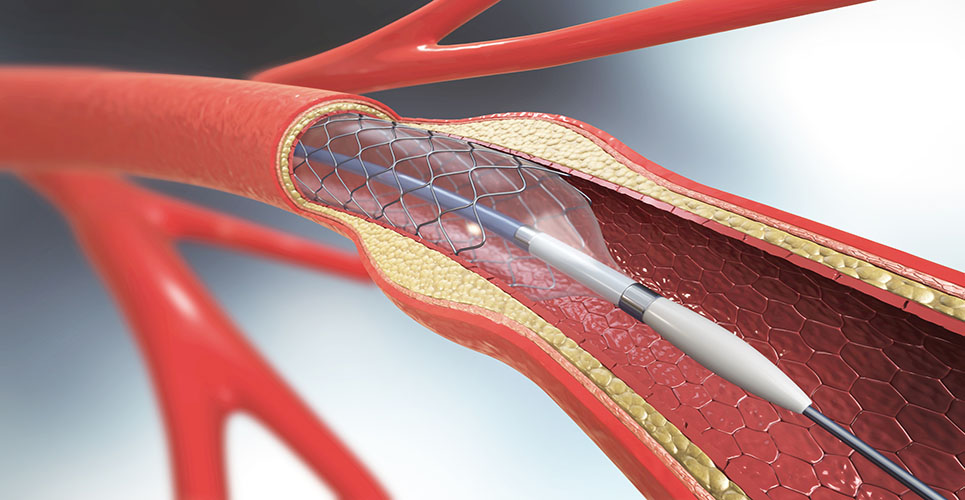teaser
Haemorrhage rates in older atrial fibrillation (AF) patients exceed those reported in clinical trials, according to a study published online Nov. 26 in the Canadian Medical Association Journal, and risks are especially high during the first 30-days of treatment.
Randomised trials and observational studies to assess the risk of major haemorrhage in AF patients receiving warfarin therapy have been at odds, with the former finding a range of 1–3% per person years and the latter placing the risk up to 7%, wrote Tara Gomes, MHSc, an epidemiologist at the Institute for Clinical Evaluative Sciences in Toronto, and colleagues. They added that randomised trials may not reflect real-world patient populations and practice while observational studies have been small and limited.
“More information regarding haemorrhage rates during warfarin therapy is particularly important in light of the recent introduction of new oral anticoagulant agents such as dabigatran [Pradaxa, Boehringer Ingelheim], rivaroxaban [Xarelto, Janssen Pharmaceuticals] and apixaban [Eliquis, Bristol-Myers Squibb/Pfizer], which may be associated with different outcome profiles,” they wrote. “There are currently no large studies offering real-world, population-based estimates of haemorrhage rates among patients taking warfarin, which are needed for future comparisons with new anticoagulant agents once they are widely used in routine clinical practice.”
To fill that gap, they designed a population-based cohort study using administrative data sources in Ontario that document drug prescribing, hospital admissions, clinical information, demographic information, diagnostic and procedural information and claims for inpatient and outpatient services. They also accessed diabetes and heart failure databases to calculate CHADS 2 scores.
For the study, they identified 125,195 AF patients who were older than 66 years old and started warfarin therapy between 1997 and 2008. Gomes and colleagues defined major haemorrhage as a visit to an emergency room or an admission to a hospital for haemorrhage while on therapy. Patients were followed until they either went to a hospital for haemorrhage; stopped warfarin treatment; completed five years of follow up; or reached the end of the study period.
Their analysis found a cumulative incidence of haemorrhage of 1% at 30 days; 4.1% at one year and 8.7% at five years. The overall risk of haemorrhage for the 13-year duration of the study was 3.8% per person-year. During the first 30 days of therapy, the risk of haemorrhage was 11.8% per person-year, dropping to 3.4% per person year for the remainder of the five-year follow-up. Patients with CHADS 2 score of 4 or higher were more at risk, with average rates of haemorrhage of 16.7% per person years at 30 days and 6% for the remainder of the follow-up. Of those patients admitted to the hospital for haemorrhage, 18.1% died in the hospital or within seven days of discharge.
Gomes and colleagues noted that their results showed a much higher rate of haemorrhage than in randomised studies. “This difference is likely due to the strict inclusion criteria and close monitoring of patients in clinical trials and the average age of our participants being older [mean age of 77 years] than that of patients included in trials,” they wrote.
Their analysis highlighted the high rate of haemorrhage in the first 30 days of treatment, showing that nearly 1% of newly treated AF patients were admitted to the hospital during that window. “Our study provides timely estimates of warfarin-related adverse events that may be useful to clinicians, patients and policy-makers as new options for treatment become available,” they concluded.
Among limitations, they listed the inability to track medications taken without a prescription, minor haemorrhage events that didn’t require a hospital visit and severe events that led to a death outside the hospital setting. They wrote that as a consequence, they may have underestimated the haemorrhage rates in the AF population.

